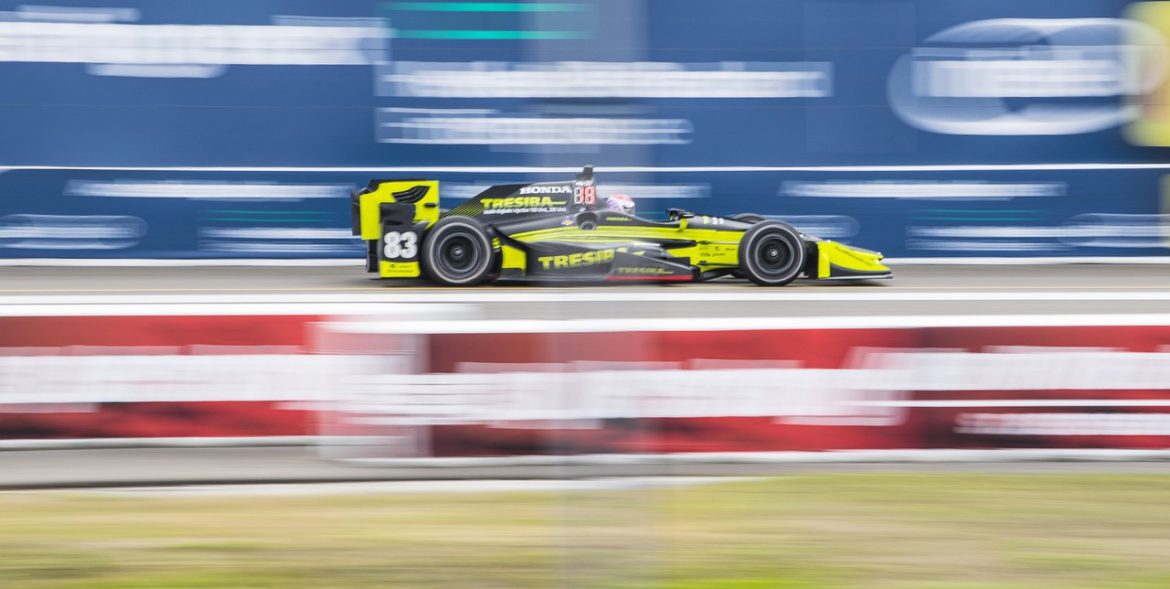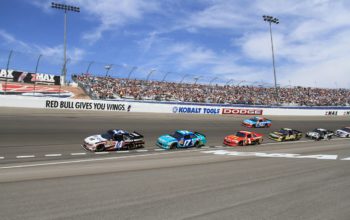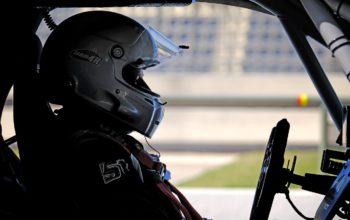When people are introduced to a new form of sports, they often take some time to get to know it. However, not everybody takes as much time, depending on their prior background with sports and particularly, if the sport is similar to another. Just like people who like to bet on sports have no issue navigating websites like https://www.bonuscodebets.ie/ when they want to place bets, it’s completely natural for people who have an interest in sports to have more knowledge about it. Logical.
But what happens with less popular sports? Take for example, racing. Racing is not universal, except that it uses some form of motorized vehicle. F1 is not similar to NASCAR, they are worlds apart, even though racers strive to pass the checkered flag first.
IndyCar is something unique in the way that it works and it has its own rules, often not understood by the newcomers. Following is a simple guide on IndyCar, everything a newcomer would need to know about it.
The Beginnings of IndyCar
Like most things, IndyCar has its roots in sports which came before it, particularly forms of racing. Starting from 1911, IndyCar has been taking place at the Indianapolis Motor Speedway, a very special track which hosts other races. Indy, however, has had a very turbulent history, where rules changed, as well as types of cars used.

One thing stayed the same over the years, and that would be the open wheel racing style. Formula 1 also uses open wheel cars, referring to the wheels sitting outside the car’s frame. What changed was everything from the engine, to the dimensions of the chassis and more.
IndyCar in its current form was formed officially in 1996, and was named after the Indy500 race. The IndyCar name was used from 2011 and prior to that, it had many name changes.
The Car Types and Performance
Being an open wheel car, you can assume that the race is fast-paced and dangerous. The engines changed over the years but since 2012, turbochargers were reintroduced and the cars all have a 2.2 liter, twin-turbo V6 engine, supplied by either Chevrolet or Honda. This produces anywhere between 500 and 700 horsepower. Unlike Formula 1, IndyCar vehicles have a windscreen and that means safety for the drivers. The cars still have a very large price tag, costing more than a million to manufacture.
How it Works – The Basics of IndyCar Series

IndyCar is primarily an American racing sport, mostly popular in the United States, with one race in Canada. Some races were held all over the world at one point, but the sport still remains vastly popular, and by a large margin, in the United States.
IndyCar tracks are often between a single mile and two miles, but some of them can be four miles. There are often many laps in a single race, for example, the Indy500 is a 500-mile long race. The tracks can be oval, speedways, but also circuits on the road and street.
Races have a rolling start, with usually around 33 cars parading behind a safety car for a couple of laps, depending on the race. The races can be up to three hours long, meaning that drivers go into pit stops for refueling and technical maintenance.
Qualifying

Just like other sports, qualifying is a necessity for drivers and teams to determine the position in the starting grid.
Depending on the track, qualifying can vary, but it is essentially done one day before the race. Street and circuit races have 3 stage qualifiers, where the fastests times are used, but oval races have two hot laps, and the sum of the two is used to determine the starting position.
IndyCar is very fast and interesting, and now one can understand it better.




